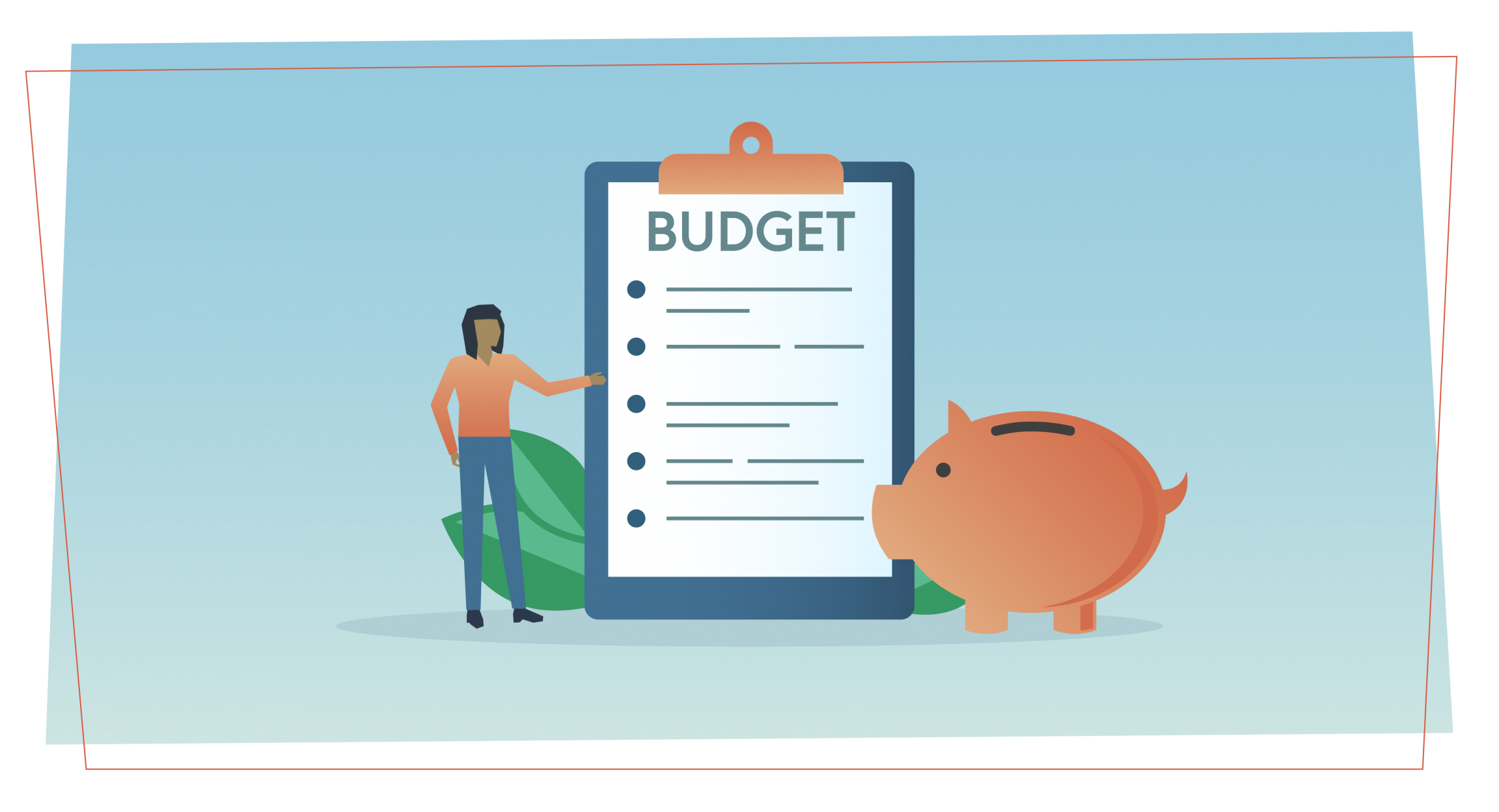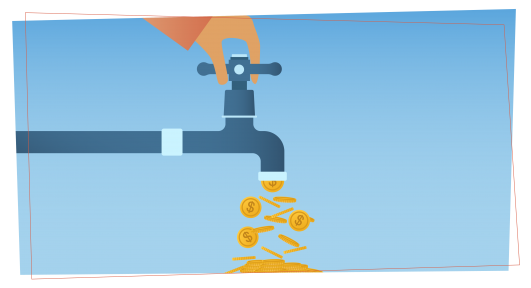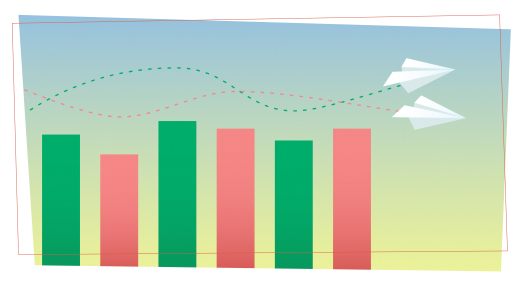The Five Most Important Budget Line Items for Creative Agencies
Small Business
A fellow digital agency owner recently shared some advice he got from his business mentor with me. The advice lays out what numbers really matter when tracking the value and health of your business.
I recently attended Owner Camp 007, where fellow digital agency owners celebrated, commiserated and discussed what it takes to stay sane while running our businesses. Afterwards, all of the alumni have kept in touch over Basecamp to continue the conversation. These discussions are already the source some of the most helpful business advice I've ever received.
Financial Ratios
One piece of such advice came from a story that Adam Landrum, who runs Up&Up, shared with me. With his permission, I'm sharing it here. The advice centered on the concept of the financial ratios for a business, or in other words, what percent of your budget should go to X, Y and Z.
As the story goes, Adam was presenting a budget to his business mentor for critique, a budget with more than 20 line items. The mentor (who is highly skilled in evaluating the business side of creative agencies) put his hand on Adam's shoulder as if to say, "That's cute". He turned the paper over and wrote down the following list of line items that he felt were the most worth tracking:
- Compensation
- Net Profit
- Advertising and Marketing
- Rent
- General and Administrative
Then, he wrote what the percentage of each item should be in a healthy creative agency. He started with compensation and profit:
- Compensation: 58%
- Net Profit: 20%
The thing to note here is that this totals to 78 percent, which means your business must operate off of the remaining 22 percent. The rest breaks down as follows:
- Advertising and Marketing: 5%
- Rent: 6%
- General and Administrative: 11%
While these numbers can be fluid and different for every agency, the most important number to watch is profit, which always has to stay at 20 percent or above. If you don't spend much on advertising and marketing, perhaps you can afford to spend more on compensation. In a city like Memphis, Tenn., where Simple Focus' office is located, the cost of living is very low, so our compensation and rent can come in low, which means we can spend more on administrative expenses or keep more in profits.
These numbers will always wind up equalling 100 percent. As long as your profit remains above 20 percent, your business is in good shape.
This Works for Any Industry
Keep in mind, this advice applies in principle to any business or industry, but these ratios are custom-tailored for creative businesses.
Putting it to work in Pulse
You can use categories in Pulse to track these important line items in your forecasts to see how your numbers will change if you hire someone or give them a raise. As long as your cash flow remains strong and your percentages remain in line with this advice, it's a pretty solid bet that your business will be in good shape.


